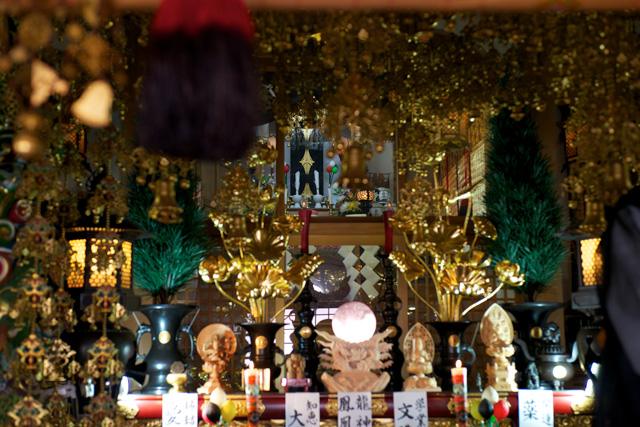Before I went there, I vaguely assumed that Japan was a Buddhist country with traces of its older religion, Shinto, in the background - much as pre-Christian elements survive in Europe. When I got there, however, it began to look like they were both alive and co-existing quite happily.
A few examples:
• In Nara there is a famously immense Buddha image in its own (immense) hall - http://www.japan-guide.com/e/e4100.html - but on the other side of the park, there is a long walk up through the forest to a Shinto shrine, Kasuga Taisha http://www.japan-guide.com/e/e4102.html - “It was established at the same time as the capital and is dedicated to the deity responsible for the protection of the city,” and (as far as I could judge on just one visit) is at least as important to the locals as the Daibutsu.
• Similarly, the fox shrine, Fushimi Inari, on the edge of Kyoto - http://www.japan-guide.com/e/e3915.html - seemed to be as popular as any of the major temples around the city.
• Koyasan was founded by Kukai 1200 years ago as the centre of Shingon Buddhism, which it still is, but the local deities were not displaced at all. Rather, they were invited to serve as protectors of the new temple precinct, according to a visitor guide book prepared by Shingon temple staff.
• There seems to be hardly any physical separation of the two religions. Houses often had both shrines, as in http://dharmawheel.net/viewtopic.php?f=115&t=23940. Buddhist temples often had small Shinto shrines in the grounds, although I’m not sure if the reverse ever happens.
• In one extreme case, I couldn’t work out the affiliation of a small Osaka temple precinct, or whether it counted as two temples (one of each), or whatever.
I guess my questions are, Have I misinterpreted anything I’ve seen? and How do Japanese people understand their religious life?
Kim
